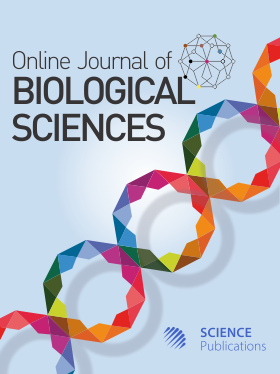Enhancing the Effectiveness of Feed Production in Arid Areas, Northern Kazakhstan, Considering the Utilization of Soil Moisture Resources
- 1 Faculty of Agricultural Sciences, Toraighyrov University, Pavlodar, Kazakhstan
- 2 Department of Plant Protection and Quarantine, S. Seifullin Kazakh Agrotechnical University, Astana, Kazakhstan
Abstract
The problems of sustainability of crop production in arid regions are actual. Moreover, often the aridity factor is combined with other stress factors, such as elevated temperatures and soil salinity. The article evaluates the effectiveness of the use of moisture and heat resources when growing fodder crops in arid conditions with a short growing season. In order to compare the yields of different crops, their yields were converted into feed units. The nutritional value of one kilogram of oats was taken as one feed unit. As a result of the research, it was concluded that for Northern Kazakhstan the most optimal period for sowing annual crops is the period from May 20-31. This ensures that the period of their maximum water consumption coincides with the maximum amount of precipitation in July. In this case, when growing spring wheat or barley, the land is empty for 34-47 days, with an average loss of 63 mm of productive moisture. In addition, the process of soil salinization is provoked. This does not happen when barley or wheat is replaced by perennial sainfoin. When comparing the yields of sainfoin and barley in feed units, the yield of sainfoin in the 2nd and 3rd years of life exceeded the yield of barley by 32.9-47%. Therefore, in order to minimize losses and rational use of water and heat resources of the region, it is proposed to diversify the structure of crops by increasing the share of crops of perennial leguminous grasses in the structure of the main crops. This will significantly increase the efficiency of the industry not only in Northern Kazakhstan but also in other regions of the world with similar conditions.
DOI: https://doi.org/10.3844/ojbsci.2024.515.523

- 3,308 Views
- 1,792 Downloads
- 0 Citations
Download
Keywords
- Food Production
- Drought Conditions
- Efficiency
- Feed Units
- Soil Moisture
